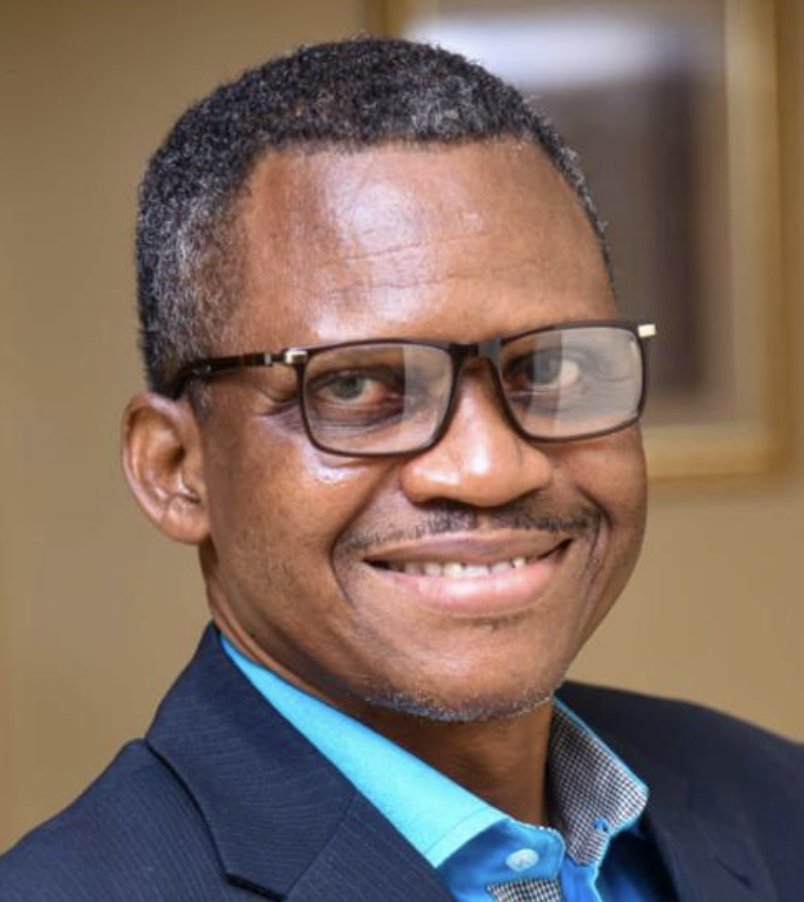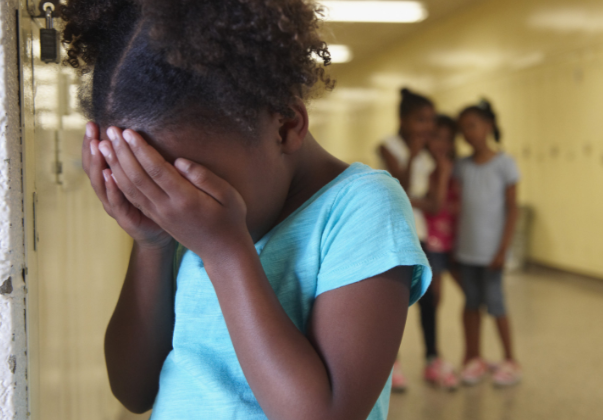Childhood is meant to be a time of safety, growth, and unconditional love; it is intended to provide a firm foundation for life. Unfortunately, for millions, this vital period is messed up by trauma, a quiet storm that leaves deep, often invisible scars. This pain does not always show up as a clear injury; it becomes a hidden wound, manifesting in anxiety, relationship struggles, and emotional chaos of adulthood. Healing from these adverse childhood experiences signals the brave decision to acknowledge the pain you were forced to endure and finally begin the work of becoming whole.
Over two-thirds of children are said to experience at least one traumatic event by age 16. Although the prevalence varies by the type of trauma, studies show significant rates of adverse childhood experiences, including physical, emotional, and sexual abuse, as well as neglect and witnessing violence. Rates of household dysfunction, such as parental separation or domestic violence, are also high, with one study finding a pooled prevalence of 34.4% for parental separation and 18.4% for domestic violence in certain populations.
The truth is that more severe traumatic events are more likely to lead to negative outcomes for a child. Furthermore, experiencing multiple types of traumas increases the risk of developing mental health issues. In addition, how a carer or parent reacts to a child’s trauma can significantly influence the child’s long-term outcome, while a child’s physical and emotional closeness to the traumatic event can determine its impact.
Now, childhood trauma is not just a negative memory; it is an event or series of events that overwhelms a child’s ability to cope, shattering his or her fundamental sense of safety and trust in the world. As the renowned trauma expert Dr Gabor Maté wisely put it, “Trauma is not what happens to you, but what happens inside you as a result of what happened to you.” It is an internal disruption that redirects the energy of a developing brain away from connection and growth and toward vigilance and survival.
Advertisement
The effects of the pain of childhood traumas are woven into the very fabric of the adult survivor’s life. The nature of the trauma, which could be a single, terrifying acute event, chronic, ongoing exposure to threat, or the deeply invasive harm of complex trauma within the caregiving system, determines the nature of the wounds. These unhealed experiences rarely stay neatly filed away; they manifest as coping mechanisms that were once essential for survival but become incapacitating echoes in adulthood.
The truth is that we often see this most clearly in the body and the mind’s response. Emotionally, the survivor might struggle with intense, sudden mood swings, known as emotional dysregulation, or conversely, a persistent, weary feeling of being emotionally “numb”. Their nervous system may be stuck in a permanent state of high alert, resulting in hypervigilance—constantly scanning the environment for danger—and an exaggerated alarm response to small, unexpected noises. This reaction is the physical fallout of a body wired for threat; it is not an overreaction.
In relationships, the trauma manifests as a fear of intimacy or profound struggles with trust, leading to the pattern of pushing people away before they can inflict further pain. Behaviourally, this internal agony can fuel self-destructive actions like impulsive, risky choices, substance abuse, or self-harm, all in a desperate attempt to regulate the overwhelming internal crisis. Physically, the tension of the past gets locked into the muscular and digestive systems, showing up as chronic health issues, such as chronic pain, persistent headaches, or digestive disorders, with no clear physical cause. Underneath all of this is a debilitating low self-esteem, a deep, unshakeable belief in being fundamentally worthless or guilty.
Advertisement
Now, the journey of healing from childhood trauma is not a clinical treatment plan; it is a profound and deeply personal odyssey back to oneself. It begins not with a bold declaration but often with a subtle, persistent whisper—the quiet realisation that the emotional wounds of the past are actively dictating the terms of our present life. For years, we might be caught in cycles of anxiety, depression, or confusing relationships, simply surviving, not quite knowing why the world feels so inherently unsafe or why we feel fundamentally wrong. This stage is pure denial and defence, a necessary shield crafted long ago by our younger self to survive unbearable circumstances. The exhaustion we feel is not just from adult life; it is the weariness of carrying the trauma’s heavy weight every single day.
Then comes the awakening, a moment when the established patterns are finally questioned. Maybe a new relationship highlights an old dynamic, or an article about trauma makes something click. This is where courage is required: the step over the threshold from ignorance to awareness. We begin to look at the reality of what happened, allowing ourselves to feel the pain, anger, and immense grief that were previously frozen in time. It is terrifying, yet essential, to connect those past experiences with our current behaviours, realising that the survival mechanisms that once protected us are now hindering our ability to live fully.
Once the truth is in the light, the hard work of reclaiming safety begins. Because trauma resides deep within the body, not just the mind, this phase involves learning to settle a nervous system that has been stuck in “fight or flight” mode for decades. It means practising emotional regulation, learning to ride the waves of intense feeling without being submerged by them. We might learn simple, powerful tools like mindfulness, grounding exercises, or gentle movement to tell our body, “You are safe now.” This consistent act of self-tending is not a luxury; it is the absolute foundation of recovery.
The truth is that finding and working with a trauma-informed therapist is a cornerstone of this process. This relationship provides a haven to slowly and gently revisit the core experiences, not to relive them, but to process and integrate them. Through methods like eye movement desensitisation and reprocessing or narrative work, we start to construct a coherent story, shifting the experience from a raw, terrifying event that is still happening to a chapter of life that is over. Importantly, we begin to grieve the childhood that was lost and learn to become a loving, protective inner parent to the child we once were, offering the validation and care that were missing. We set boundaries, realising that protecting our peace and stating our needs are a sign of strength, not selfishness.
Advertisement
The ultimate reward of this entire process is integration and growth. The past never disappears, but its power to control the present diminishes. We discover a profound resilience, realising we were not broken but simply reacted naturally to unnatural circumstances. We are more present, our relationships improve, and we find a renewed sense of purpose. Healing, we come to understand, is not about going back to who we were before the trauma; it is about finding out who we are meant to be now, embracing our scars as marks of survival, and walking forward with quiet strength and deep self-compassion.
A serious accident or injury is one of the most common traumas reported by young people. The sudden or violent death of a loved one is yet another common traumatic event, while violence, either in the community or at school, is a common form of childhood trauma.
Globally, up to 1 billion children aged 2-17 years are estimated to have experienced physical, sexual, or emotional violence or neglect in the past year. Studies have indicated specific rates over time, such as 15.9% for physical abuse, 27.0% for emotional abuse, and 12.1% for sexual abuse in certain populations. Rates of household dysfunction, such as parental separation or domestic violence, are also high, with one study finding a pooled prevalence of 34.4% for parental separation and 18.4% for domestic violence in certain populations.
The truth is that more severe traumatic events are more likely to lead to negative outcomes for a child. Also, experiencing multiple types of traumas increases the risk of developing mental health issues. In addition, how parents or caregivers react to a child’s trauma can significantly impact the child’s long-term outcome, while a child’s physical and emotional closeness to the traumatic event can influence its impact.
Advertisement
Up to 1 billion children aged 2-17 years are estimated to have experienced physical, sexual, or emotional violence or neglect globally in the past year.
Childhood, in our collective imagination, is meant to be a time of unconditional love, safety, and growth; it is the vital foundation upon which a healthy adult life is built. Unfortunately, for millions, this foundational period is messed up by experiences of trauma—a quiet storm that leaves deep, often invisible, scars. Healing from these adverse childhood experiences is not a straightforward process, but a profound, life-long journey of reclaiming the self that was displaced in childhood by pain. This is the story of that human struggle, its impact, and the immense courage found on the road to recovery.
Advertisement
Ojenagbon, a health communication expert and certified management trainer and consultant, lives in Lagos.
Advertisement
Views expressed by contributors are strictly personal and not of TheCable.




